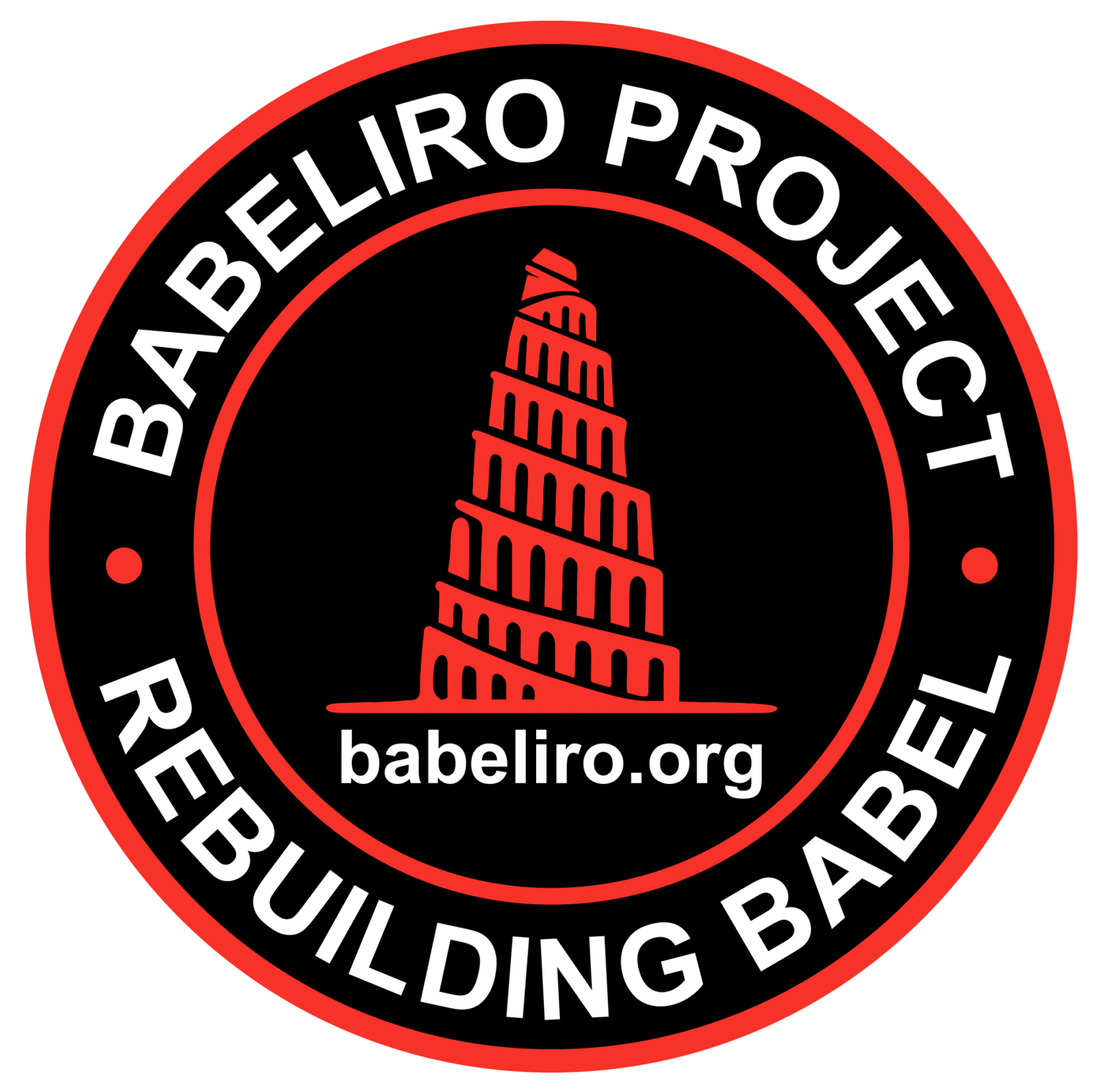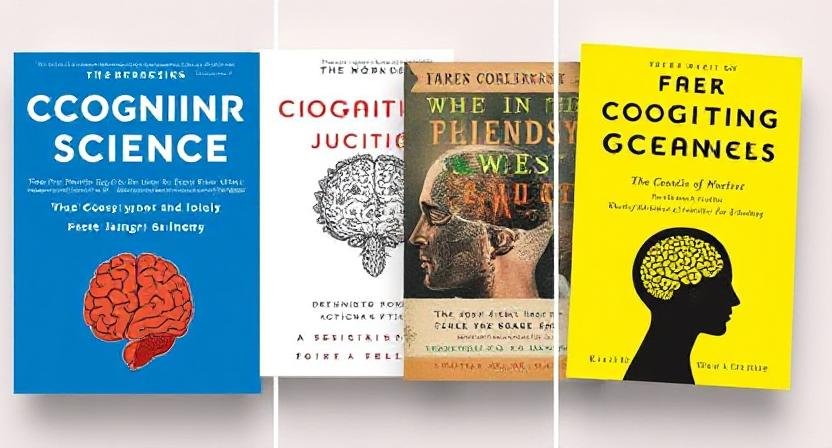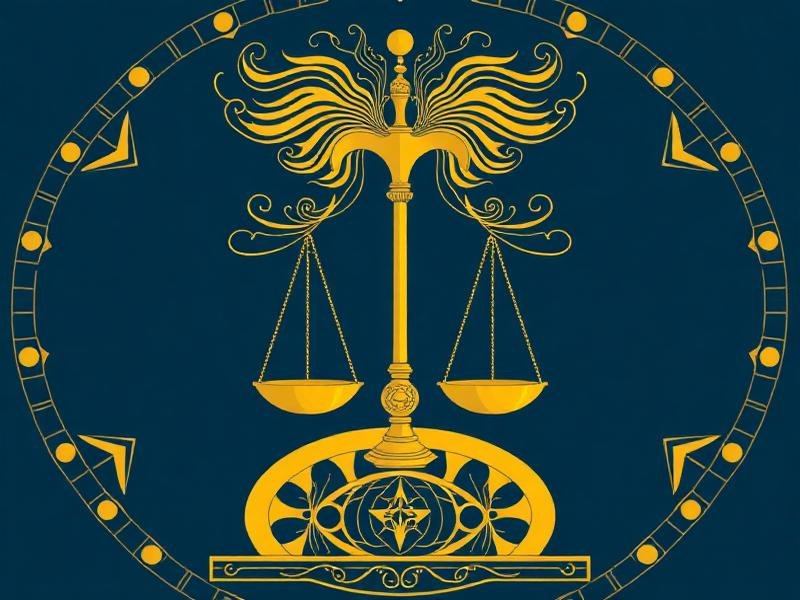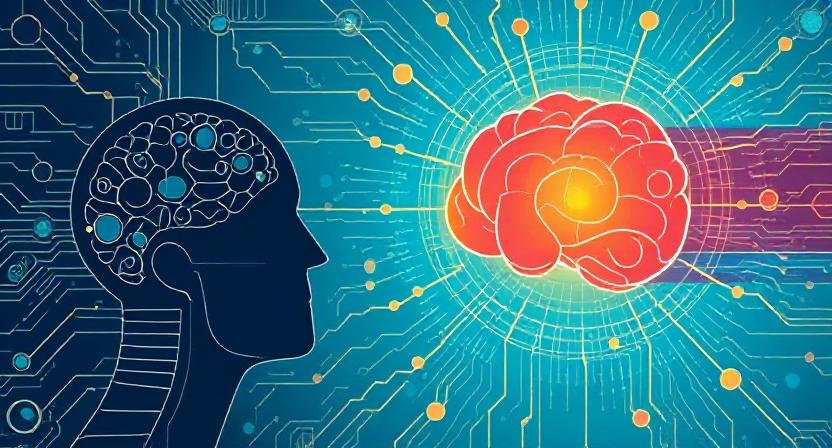Wisdom – Thinking, Fast and Slow (Daniel Kahneman, 2011)
Thinking, Fast and Slow (external link) explores how our minds have two modes of thought: a quick, intuitive “System 1” and a slow, deliberative “System 2.” Kahneman shows that System 1 often leaps to conclusions via mental shortcuts, which can lead to cognitive biases, while System 2 is the effortful reasoning that can catch our errors. This insight connects to the virtue of Wisdom, reframed as the ability to see through illusions and think clearly in the present moment. True wisdom involves stepping back from our gut instincts to question assumptions and curb biases. As Kahneman observes, humans readily construct a coherent story from limited information – “Our comforting conviction that the world makes sense rests on a secure foundation: our almost unlimited ability to ignore our ignorance.” In other words, we often feel certain we understand things, when in fact we are glossing over what we don’t know. Cultivating wisdom means recognizing those mental blind spots and engaging our reflective System 2. By being aware of how familiarity and first impressions can deceive us, a wise person resists snap judgments. This book’s key lesson is that wisdom is not about knowing more facts, but about knowing the limits of one’s knowledge and thinking without bias. Developing this virtue requires the humility to doubt easy answers and the patience to “slow down” and reason carefully, rather than trusting that initial gut feeling.
Key Ideas – Wisdom and Clear Thinking:
- Cognitive Illusions: Our brains often favor simple, familiar stories over complex truths. For example, merely repeating a statement can make it feel true due to mental ease. Wisdom entails being mindful of such illusions and not equating feeling right with being right.
- Two Systems of Thought: System 1 (fast intuition) generates impressions effortlessly, but is prone to errors (like jumping to conclusions or stereotyping). System 2 (slow analysis) can override those errors by checking facts and logic. A wise thinker knows when to distrust the “easy” answer from System 1 and engage deeper reasoning.
- Recognizing Ignorance: A core insight is that knowing what you don’t know is as important as knowing what you do. Kahneman notes that we often ignore our own ignorance, creating false confidence. Wisdom involves continuously updating one’s beliefs when presented with new evidence (what Kahneman calls “updating” in Bayesian terms) and being willing to say “I might be wrong.”
By internalizing these ideas, readers learn why wise judgment requires more than intuition or experience alone – it requires a mindset of critical reflection. Thinking, Fast and Slow arms us with knowledge of our mental pitfalls so that we can practice the virtue of wisdom: seeing the world as clearly as possible, without the distortions of hasty biases or overconfidence.
Justice – The Pattern Seekers (Simon Baron-Cohen, 2020)
Simon Baron-Cohen’s The Pattern Seekers (external link) presents a fascinating thesis: the same human drive to recognise patterns that underlies scientific and technological invention is also a cognitive foundation for judgment. This aligns with a modern take on Justice as a cognitive virtue: the ability to learn from past experiences and apply consistent principles to new situations. Traditionally, “justice” is about fairness and doing right by others, but here we focus on the mental process behind fair judgment – essentially, pattern-based reasoning from experience. Baron-Cohen argues that what makes humans unique (and enabled our species’ rapid cultural progress) is a brain circuit for “if-and-then” pattern thinking. This systemizing ability lets us infer rules like “if A and B, then C” and build understanding over time. It’s especially pronounced in autistic individuals, who often excel at logical, pattern-seeking tasks. In the context of virtue, Justice can be seen as sound judgment grounded in reality: recognizing patterns of cause and effect from the past to make fair decisions now.
A key idea from the book is that human invention itself sprang from this pattern-seeking faculty. Tens of thousands of years ago, humans began combining observations (“if I stretch a bow, then the arrow flies”) to invent new tools. This systemizing mechanism is essentially our brain’s way of encoding experience into general rules. Importantly, to be just in reasoning means using those past lessons without prejudice. It requires distinguishing genuine patterns from coincidences or biases. Baron-Cohen’s work shows that while we are unmatched in seeing patterns, we must also verify them. A just mind questions: Is this truly a reliable pattern, or am I seeing what I expect to see? In cognitive terms, this is similar to using Bayesian logic – updating our confidence in a rule as more evidence accumulates.
One example from The Pattern Seekers is how those with strong systemizing skills approach problems methodically. They look for consistent rules in how things work, which is also what fair judgment demands: treating like cases alike based on evidence. Baron-Cohen introduces the idea that autism-linked “Type S” minds (high systemizing) have driven human progress by not being swayed by social convention but by focusing on logical patterns. In terms of virtue, this highlights an aspect of justice: impartiality. Just thinking requires removing personal or emotional bias and letting the patterns in data guide one’s conclusions.
“What we’re basically seeing is human beings experimenting, using this if-and-then logic… No other species has got this kind of capacity for looking for these logical patterns.”
This quote from Baron-Cohen underscores the power of pattern-seeking. It’s a reminder that to judge fairly (to practice justice) is to harness that uniquely human ability to learn from prior cases and apply rules consistently. However, we also learn that experience can mislead if it’s not examined critically – a theme echoed by Kahneman as well, since our minds may find false patterns (leading to stereotypes or superstitions). Therefore, The Pattern Seekers teaches that cultivating Justice as a thinking virtue means developing keen pattern-recognition tempered by critical evaluation. We honor this virtue when we base our decisions on careful analysis of what actually happened before, rather than on hunches or arbitrary whims. In everyday life, this might mean relying on evidence and precedent – much like a good scientist or a fair judge would – ensuring that our judgments are both informed and impartial.
Temperance – The Way We Think (Gilles Fauconnier & Mark Turner, 2002)
The Way We Think (external link) delves into conceptual blending, a cognitive science theory about how imagination works. Fauconnier and Turner reveal that our minds constantly combine elements from different ideas or experiences to create something new – usually without us even realizing it. This is the mental engine behind creativity, metaphor, and our ability to project into the future. In classical terms, Temperance is the virtue of moderation and foresight – exercising self-restraint now for the sake of long-term harmony. Reinterpreted through a cognitive lens, temperance becomes the ability to mentally simulate possible futures, anticipate outcomes, and choose a balanced path. Conceptual blending is a key faculty supporting that foresight: it lets us blend past knowledge with present context to imagine future scenarios before they happen. This helps us avoid impulsive decisions (excess) by envisioning consequences – essentially the cognitive side of self-control.
One of the book’s radical claims is that nearly all important thinking happens below the level of conscious awareness, with imagination always at work behind the scenes. For instance, when we plan for tomorrow, our mind may blend memories of past events with various what-if situations to preview outcomes. Temperance as a virtue involves using this ability wisely: pausing to visualize the effects of a choice (blending “if I do X now” with “then Y will result later”) and adjusting our actions accordingly. The authors define conceptual blending as a deep cognitive operation that “makes new meanings out of old.” In practice, this means we take what we know (old information) and combine it in novel ways to solve problems or to prepare for upcoming challenges. A simple example is metaphor – say, thinking of life as a journey – which blends the idea of traveling with one’s personal growth to yield insight. Similarly, in decision-making, we might blend our knowledge of a diet’s benefits with the image of our future healthy self, helping us moderate our behaviour today.
Key Ideas – Temperance and Future-Focused Thinking:
Conceptual Blending: This mental process is indispensable for foresight and creativity. By integrating elements from different domains, we can imagine outcomes that have never existed before. For example, an investor might blend knowledge of past market patterns with current events to forecast a trend, practicing temperance by not overreacting in the present. The blend “makes new meanings out of old” knowledge, which is crucial for planning.
Imagining Future Scenarios: Temperance requires the ability to simulate future consequences. Cognitive science shows our brains do this via stories and mental narratives. The Way We Think discusses how even everyday thought is rich with small imaginative simulations. This helps explain why temperance (often seen as self-discipline) is deeply cognitive: one restrains oneself now because one can envision a later outcome (and feel its value or harm before it happens).
Unconscious Guidance: Much of this imaginative foresight operates automatically. We might get a “gut feeling” not to trust a deal because unconsciously our mind blended subtle cues into a warning. Temperance as a virtue means heeding these internal simulations judiciously – neither ignoring intuition nor following it blindly. It’s a balance: trust the process of imagination, but also verify with reason (tying back into wisdom).
In summary, The Way We Think provides a scientific window into how our minds craft possible futures. Understanding conceptual blending enriches the virtue of temperance by showing that moderation isn’t just willpower or moral duty – it’s rooted in our capacity to think ahead. By consciously engaging our imaginative blends (asking “what might happen if…?”), we practice temperance. We learn to adjust our current actions (like moderating our spending, diet, or reactions) in light of the imagined futures, aiming for long-term well-being and coherence. This cognitive approach to temperance highlights that foresight and self-regulation are two sides of the same coin: both depend on the creativity of the human mind to weave past and present into a guiding vision of what’s to come.
Courage – The Meme Machine (Susan Blackmore, 1999)
In The Meme Machine (external link) , Susan Blackmore expands on Richard Dawkins’ idea of memes – units of culture (ideas, behaviors, styles) that replicate from mind to mind, similar to how genes propagate biologically. This book examines how much of our thinking is influenced (even hijacked) by memes that spread because they are catchy, not necessarily because they are true or good for us. Reimagining Courage as a cognitive virtue, we can think of it as the capacity to adapt and do what is right amid constant cultural change. It’s about choosing which ideas to accept or reject when we face social pressure or trendy beliefs. In an age of viral information, courageous thinking means not simply following the crowd (the prevailing memes), but critically evaluating them – sometimes standing up to widely-held memes that are misleading or harmful. Blackmore’s work suggests that humans are “meme machines,” heavily shaped by cultural contagion, yet we are also unique in that we can step back and reflect on those influences. A powerful insight from meme theory is that many aspects of culture spread for their own sake. For example, a catchy slogan or a viral hashtag might propagate rapidly, occupying people’s thoughts, regardless of whether it’s beneficial. Courage, in this intellectual sense, involves resisting the pull of such “selfish” memes when necessary. It requires adaptability – being open to new ideas (memes) when they’re useful, but also the boldness to discard or oppose memes that go against one’s values or reason. This can be hard, because memes surround us with social proof: “everyone else is doing it/thinking it, so maybe I should too.” The courageous mind does not cave simply to familiarity or peer pressure. Instead, it exercises independent thought, which sometimes means swimming against the memetic current. Dawkins famously noted this human freedom in the last lines of The Selfish Gene: “We are built as gene machines and cultured as meme machines, but we have the power to turn against our creators. We, alone on earth, can rebel against the tyranny of the selfish replicators.” In the context of Blackmore’s book, this quote underscores that while our brains and cultures have been shaped by selfish replicators (genes and memes), we aren’t slaves to them. We can choose to defy a genetic impulse (say, aggression) or a popular meme (say, a malicious rumor) if we judge it to be wrong. This capacity for self-awareness and principled defiance is at the heart of intellectual courage. The Meme Machine discusses how understanding memetics can give us a new lens on free will: our sense of “self” might be a collection of memes, but by recognising that, we gain a sort of leverage over it. In practical terms, developing courage means:
- Thinking for Yourself: Don’t accept an idea as true or moral just because it’s widespread. A courageous thinker asks, “Is this meme good for me/us, or is it just appealing?” – and is willing to hold an unpopular opinion if evidence and ethics back it up.
- Adapting to Change: Memes (trends, technologies, ideologies) change rapidly. Courage is the flexibility to adapt one’s beliefs when warranted. It’s not stubbornness; it’s the resolve to pursue what seems true and right, even as the cultural landscape shifts. For example, in a workplace full of a toxic meme (like a fad management practice that doesn’t actually work), courage is calmly presenting facts and suggesting a better approach.
- Integrity under Social Pressure: Memetic pressure can be immense (think of internet viral challenges or groupthink in organisations). Courageous cognition involves skeptical bravery – the strength to say, “I’ll do what’s right or logical” when the dominant meme encourages otherwise. This could mean whistleblowing about a false narrative or simply declining to partake in a harmful social media trend.
In essence, The Meme Machine illuminates how ideas spread and influence us, while the virtue of Courage compels us to be conscious agents in that process. By understanding memetics, we gain awareness of the hidden forces driving our opinions and habits. And by practicing courageous discernment, we ensure that we – not the memes – are in charge of our decisions. This is adaptability with principle: staying open-minded to new ideas, yet never abandoning one’s core reason or ethics. In a world of constant change and information overload, such courage is more vital than ever – it is what allows us to navigate the “meme pool” wisely, leading rather than merely following.
Sources:
- Daniel Kahneman, Thinking, Fast and Slow – human cognitive biases and the distinction between intuitive and analytical thinking.
- Simon Baron-Cohen, The Pattern Seekers – the “if-and-then” pattern-recognition capacity of the human brain and its role in innovation and judgment.
- Gilles Fauconnier & Mark Turner, The Way We Think – conceptual blending as the unconscious engine of imagination that “makes new meanings out of old”.
- Susan Blackmore, The Meme Machine – memetics and how ideas spread, highlighting our ability to critically select which memes we propagate.








